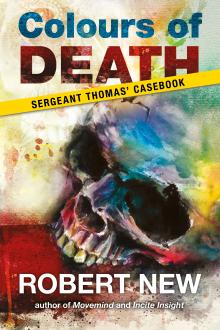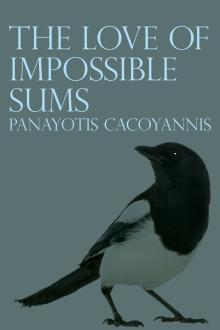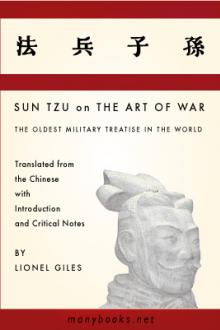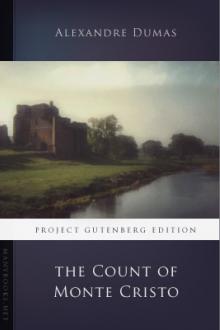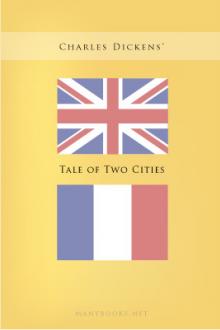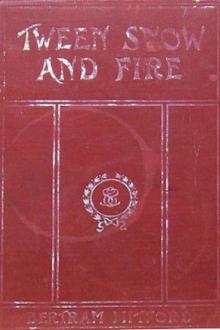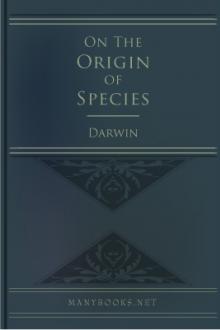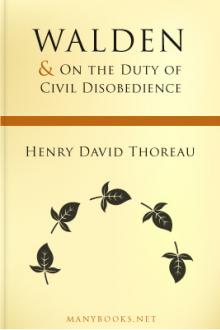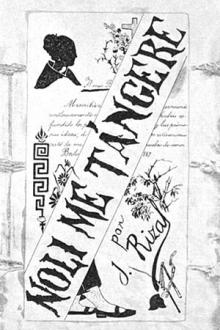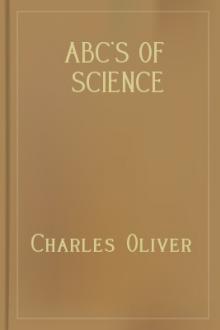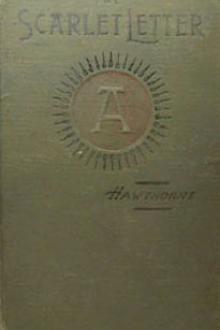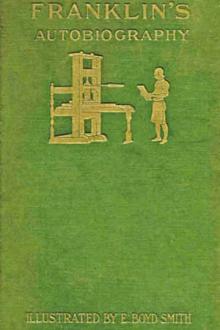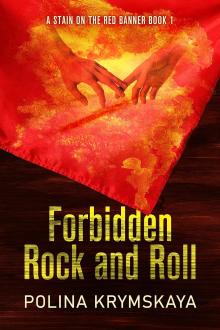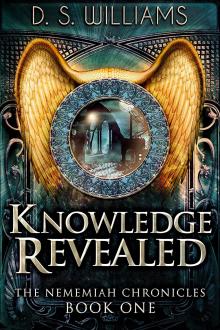Form and Function
Form and Function
A Contribution to the History of Animal Morphology
This book is not intended to be a full or detailed history of animal morphology: a complete account is given neither of morphological discoveries nor of morphological theories. My aim has been rather to call attention to the existence of diverse typical attitudes to the problems of form, and to trace the interplay of the theories that have arisen out of them.
Book Excerpt
Malacostraca (= higher Crustacea), Insecta (= annulose animals), Testacea (= molluscs, echinoderms, ascidians). A class of Acalephæ, including sea-anemones and sponges, was grouped with the Testacea. The first five groups were classed together as sanguineous, the others as exsanguineous, from the presence or absence of red blood.
Besides these classes "there are," he says, "many other creatures in the sea which it is not possible to arrange in any class from their scarcity" (Creswell, loc. cit., p. 90).
(3) Aristotle's greatest service to morphology is his clear recognition of the unity of plan holding throughout each of the great groups.
He recognises this most clearly in the case of man and the viviparous quadrupeds, with whose structure he was best acquainted. In the Historia Animalium he takes man as a standard, and describes his external and internal parts in detail, then considers viviparous quadrupeds and compares them with man. "Whatever parts a man has bef
FREE EBOOKS AND DEALS
(view all)Popular books in Science, Nature, History
Readers reviews
0.0
LoginSign up
Be the first to review this book
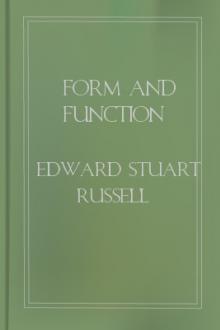
 Free Download
Free Download






